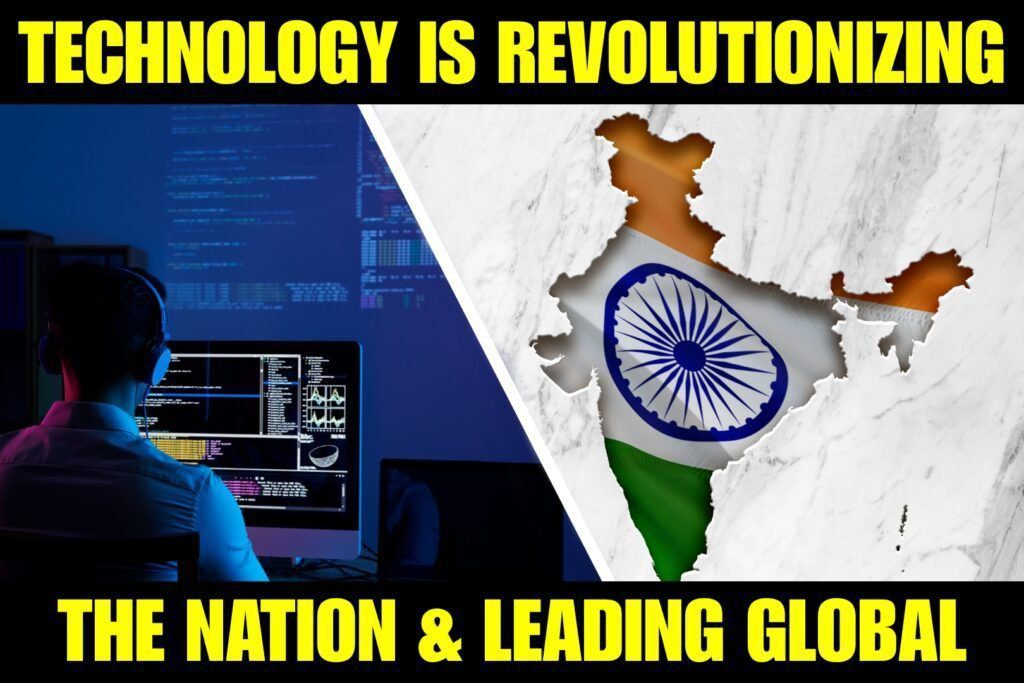Introduction
Just a decade ago, software came in fixed forms—word processors, spreadsheets, or CRMs—each limited to a predefined set of features. Fast forward to 2025, and we are witnessing a fundamental shift: AI agents are replacing traditional software, not just enhancing it.
This isn’t about flashy chatbots or AI-assisted search. We’re talking about autonomous, task-oriented, self-updating, context-aware digital workers that perform jobs once requiring entire teams of tools.
The shift isn’t coming—it’s already here.
What Are AI Agents? (And How Are They Different from Software)
A traditional software tool requires human input, fixed commands, and predictable workflows. In contrast, an AI agent can:
- Understand high-level goals
- Plan multi-step tasks autonomously
- Access APIs, tools, and memory dynamically
- Learn from execution and adjust strategy
“Think of it like hiring an intern vs. asking a typewriter to help with writing. One just does, the other thinks, learns, and adapts.”
— Dr. Reid Blackman, AI Governance Expert
Rise of Autonomous AI Agents in 2025
🚀 Popular Platforms Leading the Shift
- AutoGPT – One of the first to show how LLMs can chain thoughts into actions.
- AgentGPT – A no-code platform to deploy your own agent on tasks like content creation or SEO.
- Devin AI by Cognition – An AI software engineer that can build, deploy, and debug apps on its own.
- OpenAI GPT-4o + API Tools – Integrating vision, text, and speech with actions.
How Agents Are Replacing Traditional Apps
Let’s look at how core software categories are being replaced:
📄 1. Content Creation (Docs, Blogs, SEO)
- Traditional: Google Docs, Grammarly, WordPress
- AI Agent Approach: “Write and publish a 1000-word article on Quantum AI with sources and SEO optimization.”
Tools like AgentGPT + GPT-4o + SEO Surfer API can perform the task end-to-end: research, write, optimize, and publish.
✅ Outcome: No need for 4 tools or 3 humans. One agent handles it all.
🛠️ 2. Software Development
- Traditional: IDEs like VSCode, GitHub, CLI tools.
- AI Agent: Devin can read a prompt like “Build me a todo app in React with Firebase backend,” then:
- Sets up the repo
- Codes the frontend/backend
- Runs and deploys it
- Fixes bugs based on tests
“We’re no longer just coding software. We’re instructing minds to build software for us.”
— Andrej Karpathy, AI Researcher & former OpenAI Lead
📊 3. Data Analysis & Reporting
- Old Way: Export data → Clean in Excel → Run analysis → Build reports
- Agent Way: “Analyze this sales CSV, generate trends, and email me a summary with charts.”
Agents like ChatGPT + Code Interpreter + Google Sheets API can automate everything, including the insights.
✅ Used by: Marketing firms, stock traders, and even hospitals analyzing patient data.
💬 4. Customer Support & CRM
- Before: Zendesk, Freshdesk with manual tickets
- Now: AI agents are integrated with CRM, chat logs, emails, and can:
- Resolve 80% of support issues autonomously
- Escalate only unresolved or emotional issues
- Follow-up with customers across channels
Startups like Forethought and Cognigy are deploying these across Fortune 500 companies.
Why This Shift is Happening NOW (2025)
🧠 1. Multi-modal Intelligence
AI agents now handle:
- Text (LLMs)
- Voice (ElevenLabs, OpenAI)
- Visual input (Sora, GPT-4o Vision)
- Actions (Toolformer, API calls)
💾 2. Tool Use + Long-Term Memory
Agents can:
- Use tools dynamically (e.g., browsers, code editors)
- Retain memory across sessions
- Use scratchpads for reasoning
🌐 3. API-First Economy
Every SaaS tool now has an API. Agents can plug into everything: Gmail, Slack, Notion, Trello, Shopify.
🔍 Real-World Business Impact
🏢 Enterprise Example: Morgan Stanley
Morgan Stanley deployed GPT-powered agents to support 12,000 financial advisors. These agents:
- Parse policy documents
- Answer compliance queries
- Pull insights from market reports
Result: 40% reduction in time spent on internal research.
🛍️ E-commerce Example: Shopify
Shopify merchants now use AI order agents that:
- Track inventory
- Reorder from suppliers
- Auto-respond to customer inquiries
“It’s like hiring a digital employee that never sleeps.”
— Tobi Lütke, Shopify CEO
⚠️ Challenges & Risks
- Security: Agents with tool access can delete data or leak sensitive info if compromised.
- Ethics: What happens when agents manipulate decisions (ads, politics)?
- Jobs: Analysts, writers, VAs, coders—many will need to reskill for agent management rather than hands-on roles.
- Trust: Unlike software, agents change behavior as they learn. This needs monitoring, audits, and transparency.
🧠 Expert
“The shift to AI agents won’t eliminate software. It will redefine what we expect from it—fluidity, adaptability, intelligence.”
— Ben Goertzel, CEO of SingularityNET
“Just like we moved from typing to tapping, we’re now moving to ‘telling’—and letting intelligent agents take over.”
— Casey Newton, Platformer Editor
🔗 Explore AI Agent Tools:
✅ Summary: Why This Is Not Just a Trend—It’s a Paradigm Shift
| Category | Traditional Software | AI Agent Replacement |
|---|---|---|
| Input Method | Manual commands | Natural language |
| Flexibility | Fixed features | Goal-driven behavior |
| Learning | Static | Adaptive & autonomous |
| Efficiency | Task-based | Outcome-based |
| Scope | Single-tool | Multi-tool orchestration |
🔚 Final Thoughts
The transition from software to agents is as big as the move from desktop to mobile. In 2025, professionals, creators, and businesses are embracing agents not just to save time—but to unlock new kinds of intelligence, automation, and autonomy.
If you’re not building, training, or managing AI agents today, you’ll be managed by one tomorrow

